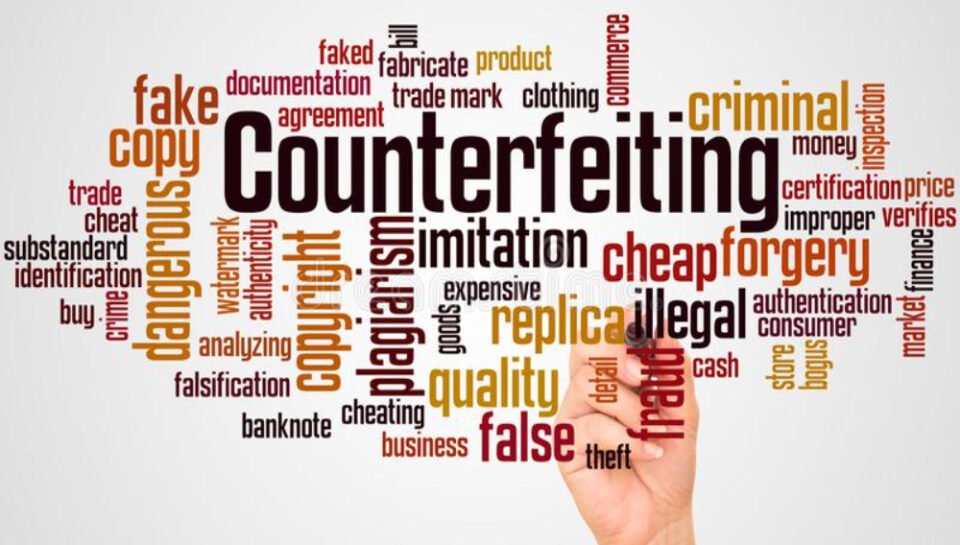
What design aspects reduce counterfeiting?
Incorporation of Security Printing Features
- Microtext is used in areas only visible under magnification.
- Guilloché patterns create intricate designs difficult to replicate.
- UV-reactive inks reveal hidden elements under blacklight.
- Color-shifting inks change appearance when tilted.
- Thermochromatic inks react to heat for verification.
Use of Holographic and Foil Elements
- Holographic overlays prevent easy duplication.
- Hot-stamped foils add tamper-evident layers.
- Custom holograms are unique to the issuing organization.
- Laminates with embedded security threads increase protection.
- Visual elements distort or tear if tampered with.
Unique Identifiers and Serial Numbers
- Cards include sequential or random serial numbers.
- Employee ID or system-generated UID is printed and encoded.
- Numbers are cross-verified with central databases.
- Printed data is matched with scannable QR or barcode info.
- Reprints are logged to track duplicates or suspicious activity.
Advanced Material and Layering Techniques
- Polycarbonate cards support laser engraving and longer lifespan.
- Multi-layer cards reveal tampering attempts when peeled.
- Embedded RFID chips add non-visible verification.
- Edge-to-edge printing makes card alterations obvious.
- Embedded watermark-style patterns deter physical alteration.
Design and Layout Consistency
- Precise alignment of text, photos, and logos is maintained.
- Standardized fonts and colors make forgeries easier to spot.
- Tamper-proof photo integration avoids swapping images.
- Layered printing prevents component swapping or removal.
- Controlled design templates prevent unauthorized customization.





